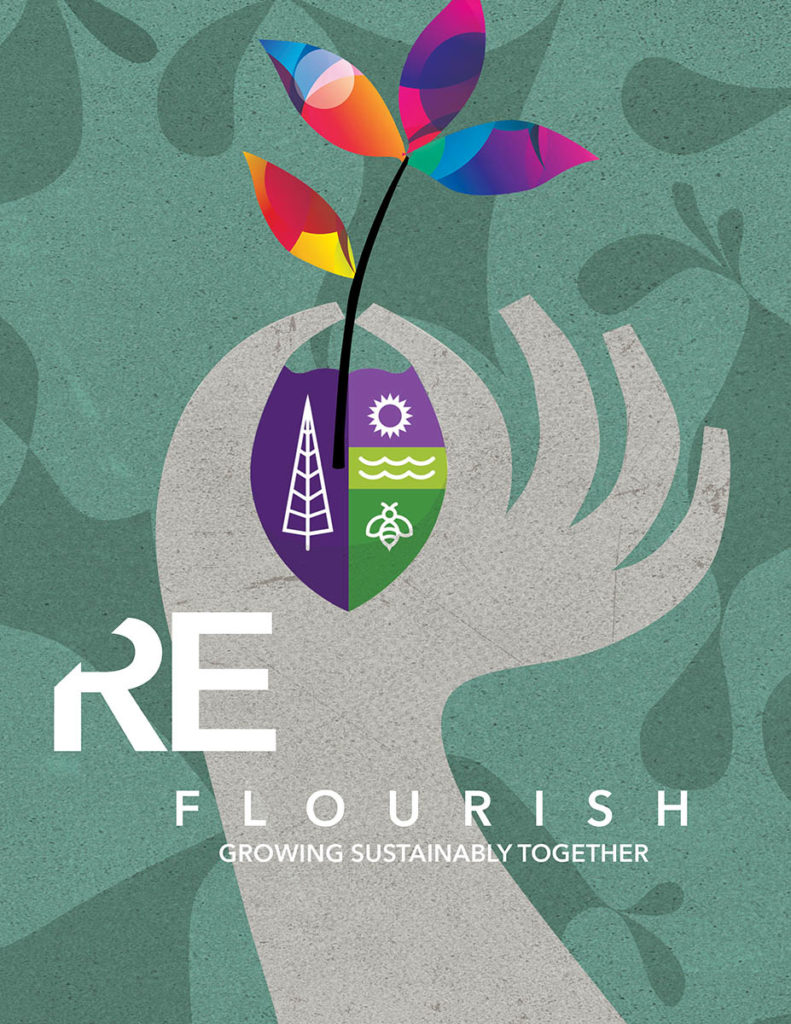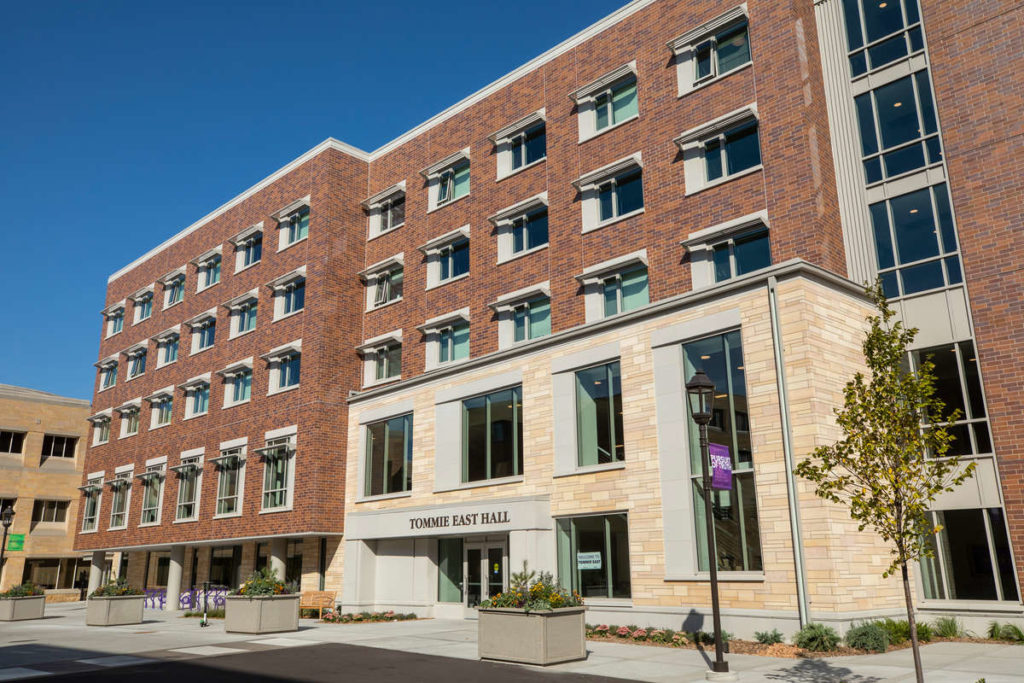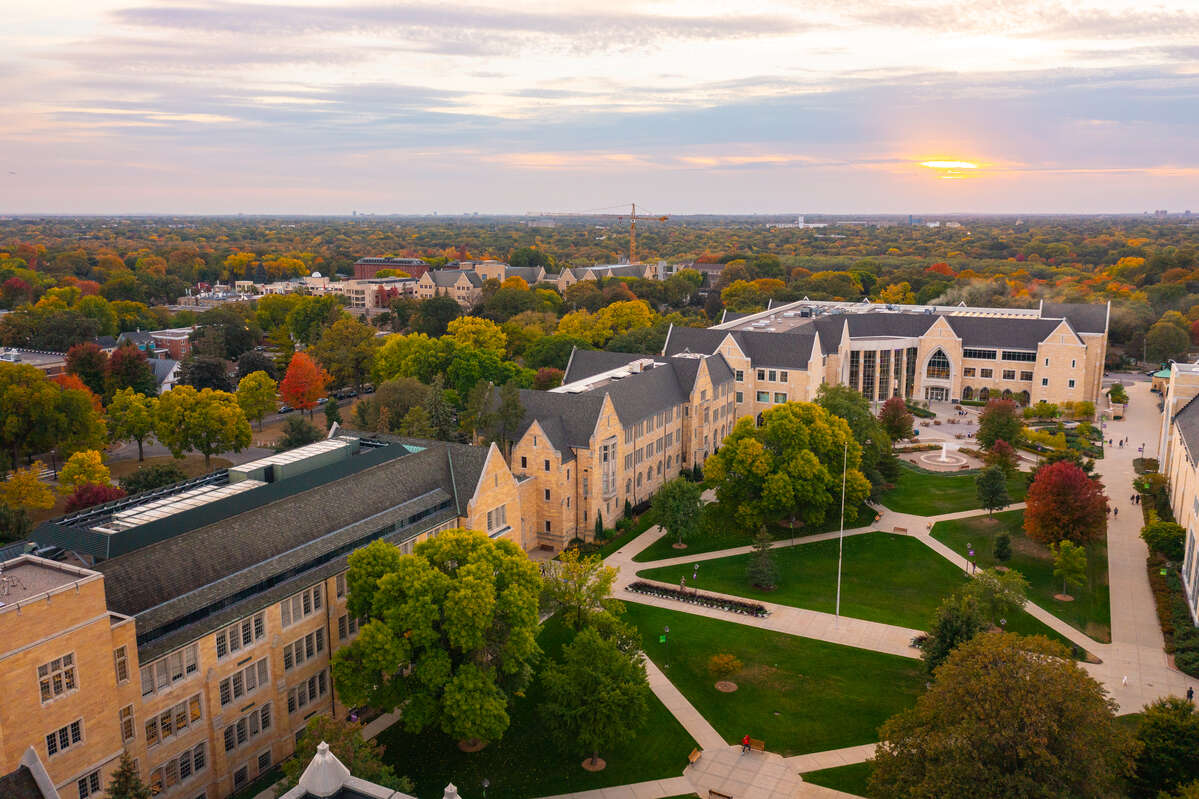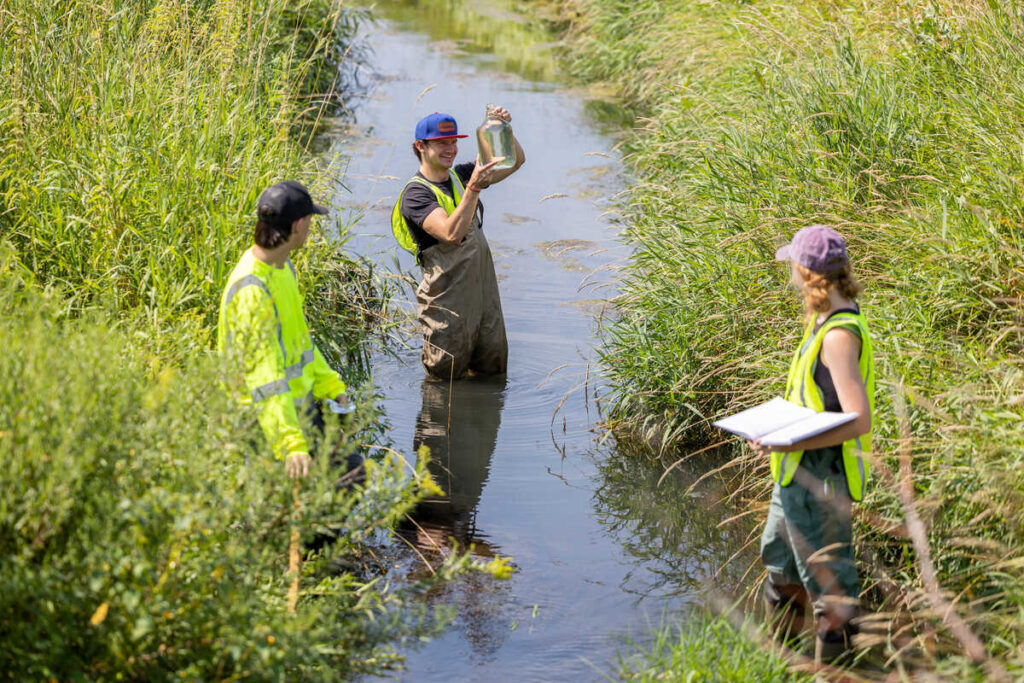For the first time in school history, the University of St. Thomas has been ranked in the Top 50 Green Colleges by the Princeton Review. These top 50 colleges and universities, selected from a review of over 710 higher education institutions, “share superb sustainability practices, a strong foundation in sustainability education, and a healthy quality of life for students on campus,” according to the Princeton Review’s 2023 Guide to Green Colleges.
This is the fifth year in a row that St. Thomas has been included in the Princeton Review’s Guide to Green Colleges. St. Thomas increased its “Green Rating” to 94/99, up from 93 in 2021 and 89 in 2020. Colleges that earned a Green Rating score of 80 or higher were chosen to be included in the Guide to Green Colleges, with 99 as the highest possible rating. This rating is based on various institutional data on whether students have a quality of life on campus that is both healthy and sustainable, how well a school prepares students for employment in an increasingly green economy, how environmentally responsible a school’s policies are, as well as student opinion surveys.
At St. Thomas, sustainability is a core part of the university’s mission of educating morally responsible leaders who think critically, act wisely, and work skillfully to advance the common good. The university’s overarching vision, outlined in the university’s sustainability strategic plan, is to catalyze universitywide engagement.
“We are called to be stewards of creation and to take intentional actions to care for our common home,” interim President Rob Vischer said about St. Thomas’ commitment to sustainable practice. “Every member of the St. Thomas community has an important role to play in reaching our sustainability goals, and as an educational institution we have a unique responsibility to lead in the present and equip students with tools and inspiration to create a better future.”
In the past several years, the University of St. Thomas has taken many measures to earn this spot on the list of Top 50 Green Colleges. Examples of steps taken include: A commitment to divest from fossil fuels; LEED (Leadership in Energy and Environmental Design) Platinum certification for Tommie East/Frey Hall, LEED Silver certification for Tommie North, and a commitment to a minimum of LEED Silver certification for all new buildings over 25,000 square feet; waste reduction and diversion efforts such as expanding campuswide compost collection; and adding a sustainability minor that complements degrees from business, sciences, and the arts.
Additionally, the University of St. Thomas joined the Laudato Si’ Action Platform promoted by Pope Francis and the Catholic Church to encourage sustainability in the spirit of integral ecology. St. Thomas is developing its action plan with this guidance in mind.
The university’s Sustainable Communities Partnership allows students to collaborate with cities, government agencies, nonprofits, and campus partners to apply what they learn in class to sustainability projects critical to the community.
Related Articles

Flourish: Growing Sustainably Together
Sustainability & Environment
Two St. Thomas Residence Halls Receive High Ratings for Green Construction
Sustainability & Environment
St. Thomas Commits to Divesting From Fossil Fuels
Sustainability & Environment







